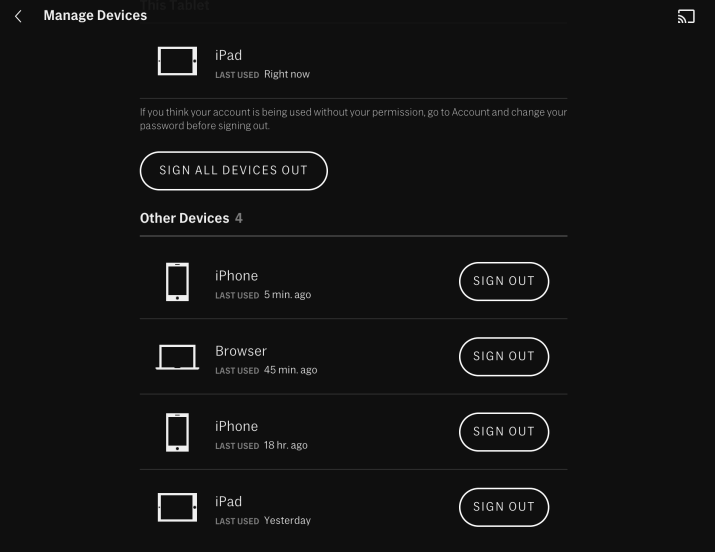

With these simple steps we will be able to change or eliminate the root password, we only have to look at what we choose in the couple of intermediate steps, since it is the most complicated part of this method, the rest of the steps are simple and in a few minutes we will be able to have changed or deleted our root password, from here we recommend you change it, because removing it can be highly dangerous and highly discouraged. If we want to delete it, we will not enter any text and we will also accept as a new password for the root user, then we will receive the confirmation of the change that we have just executed, if we have written something it will be the new password and if we have not written anything, the password will be deleted password and will not ask for it when entering root.Īfter this we can start Linux again and access with the root user using the password that we have previously established, or accessing directly if we have deleted it. It is in this step when we must choose if we want to change or eliminate the root password, since, if we write something and accept the text, what we have written will remain as a password. If we want to recover the root password, or, rather, reset this password, we must turn on or restart the system to access the initial GRUB console, which will allow us to start the password recovery process and that when it is displayed offers us the following options:Īnd we can change the superuser password easily and quickly. Once it has loaded, the user will be presented with the start menu, and we will be able to load the Kernel or the operating system that we want. In the first phase, the basic GRUB will start, and it will be in charge of loading the complete GRUB located anywhere on the disk. The GRUB is the first thing to load at system boot, the BIOS or UEFI will look for a boot device such as the hard drive or SSD, and it will load the MBR with the GRUB inside. It is also capable of accessing data located on any installed device, and it even supports logical block addressing (LBA) and network booting.
Other interesting features of GRUB is that it supports configuration commands and can load a default configuration, in addition, we have a menu interface and also a command line to execute whatever we want, it supports all the file systems that are currently used, such as BtfFS, any version of EXT and FAT, NTFS, ZFS, and many others. It is normally used in GNU / Linux based operating systems, but it is also capable of booting a Windows operating system without any problem. GRUB (GRand Unified Bootloader) is the boot loader developed by the GNU project that will allow us to choose which operating system to boot on the computer or on the server.

Change or remove Linux root password via GRUB


 0 kommentar(er)
0 kommentar(er)
